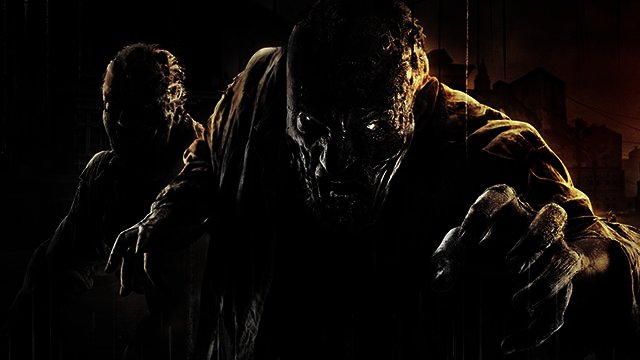New research hypothesizes what actual zombie outbreak would look like
By Ryan Noik 11 March 2015 | Categories: news
Well, it has finally happened. Researchers at Cornell University have actually drawn up a hypothesis of what a real zombie outbreak would look like and where would be safest in the continental US, according to the Washington Post. Suffice to say, major cities don’t fare at all well; residents there who remain human are predicted to be the hungry dead’s first course.
However, the postulated outbreak wouldn’t apparently occur quite as it has been predicted by the fiction. As the researcher, Alex Alemi told the Washington Post, apparently the outbreak would happen at a distance at first, with it being reported on TV while the status quo is still maintained, at least for a while. Indeed, Alemi postulated that it could even take a few years before an outbreak managed to reach less densely populated places. As for the safest places, at least in the US, Nevada and the Colorado Rockies emerged tops, while New York was expected to fall within days.
What’s more, Alemi, who is also a statistician and PhD candidate in physics, developed an interactive map which shows in detail what such an outbreak would look like, which you can view here.

At least now we know what academics at the prestigious university are doing when they’re not pursuing their latest PhD – playing Dying Light (review).
Our advice is to start making friends with people who own farms now. Also, it would be a great place to lie low while the research on the vampire invasion is still impending. It’s just a good thing we don’t have to worry about real potential global catastrophes, like climate change...
Most Read Articles

Have Your Say
What new tech or developments are you most anticipating this year?



